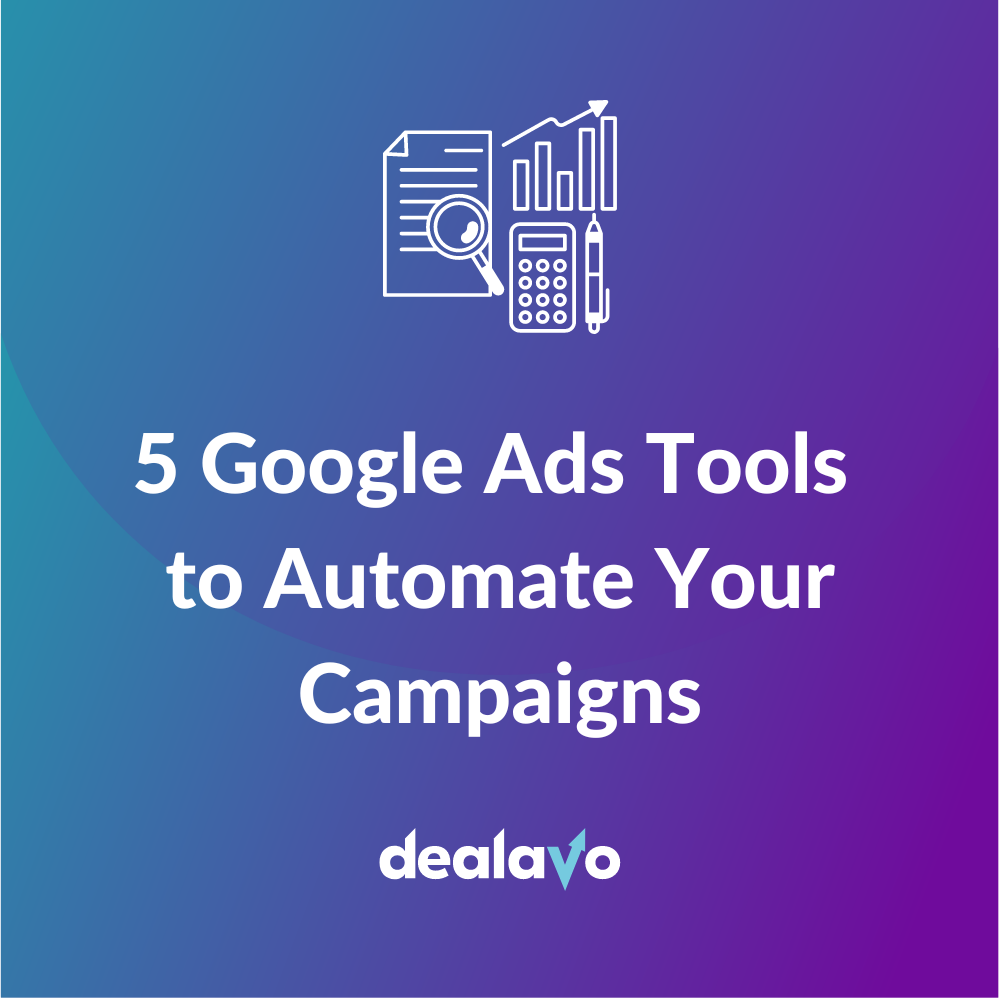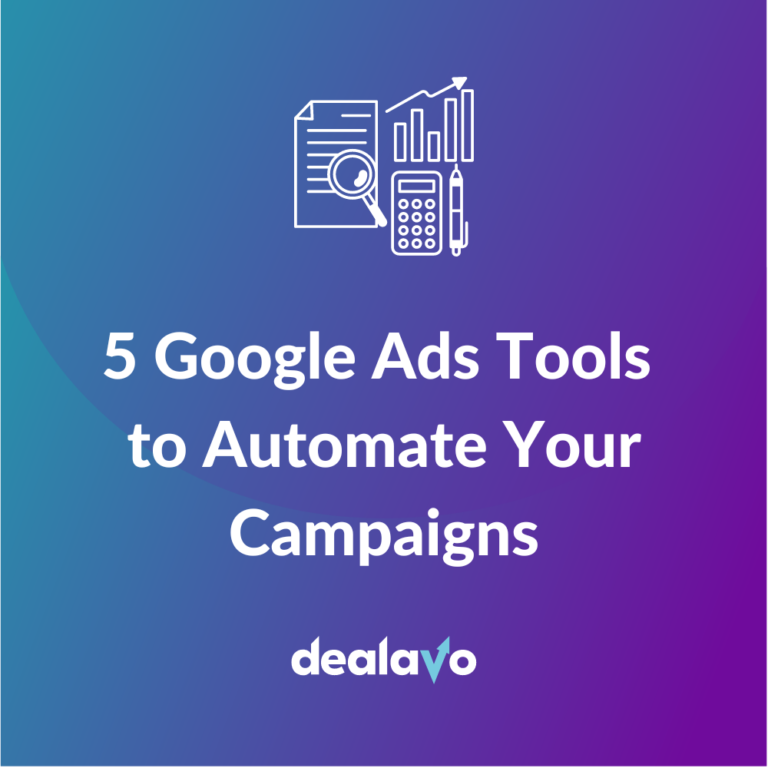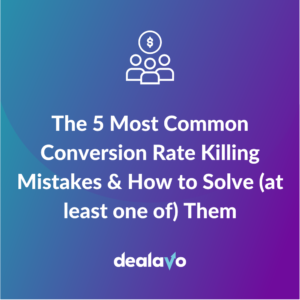
The 5 Most Common Conversion Rate Killing Mistakes & How to Solve (at least one of) Them
- 18 May 2023
One of the key factors that affect a business’s success is the conversion rate. You can have a brilliant landing page and a perfectly working online store, but people may come and go without making any purchases or signing up for your newsletters.
The more people visit your website without taking any action, the lower your conversion rate will be.
Here, we will discuss the most common conversion rate mistakes you should avoid in order to prevent your conversion rate from dropping. Read on to know about such things as:
- importance of the website’s design,
- pricing methods that will help you with conversion rate optimization,
- friction-free payment/sign-up processes,
- security and trust-building in visitors,
- importance of smoothness and short loading time.
What is an E-commerce Conversion Rate?
An e-commerce conversion rate is the percentage of website visitors who complete a desired action, such as making a purchase, filling out a form, or subscribing to a newsletter. In the context of e-commerce, the conversion rate usually refers to the percentage of visitors who make a purchase.

Source: IRP Commerce
How to Measure an E-commerce Conversion Rate?
To measure an e-commerce conversion rate, you need to track the number of visitors to your website and the number of those visitors who complete the desired action.
You can use web analytics tools like Google Analytics to track these metrics and calculate your conversion rate. To estimate your conversion rate, divide the number of actions your visitors take on your website by the total number of people who visit your site/store every day. Then, you multiply the result by 100 to get the percentage.

How to check your number of visitors via Google Analytics
Source: https://plusroi.com/google-analytics-for-beginners-visitors-overview/
For example, if you have 100 daily visitors, 10 of whom subscribe to your newsletter, then your conversion rate is around 10/100 x 100, which gives 10% conversion rate.
E-commerce Conversion Rate Benchmarks
Conversion rates can vary widely depending on your industry, target audience, and other factors. However, there are some general benchmarks you can use to gauge the performance of your site for better conversion rate optimization:
- e-commerce sites ~ 2-3%
- fashion and apparel sites ~ 1-2,2%
- B2B e-commerce sites ~ 1%
- various arts and crafts ~ 4%
- food and drinks ~ 1-2%
- home and kitchen ~ 1-3%
- electrical devices and equipment ~ 1,3-2,5%
Of course, these are just general guidelines, and your specific conversion rate goals may vary depending on your business objectives. Moreover, the numbers may vary from month to month, and the above rates were up to date as of Dec 2022. However, the fact is that an online store selling $10 t-shirts will have a different conversion rate than a jewelry store.
What’s more, the standards for conversion rate may also vary depending on the device on which people visit your website. Take a look at the comparison below to see details.
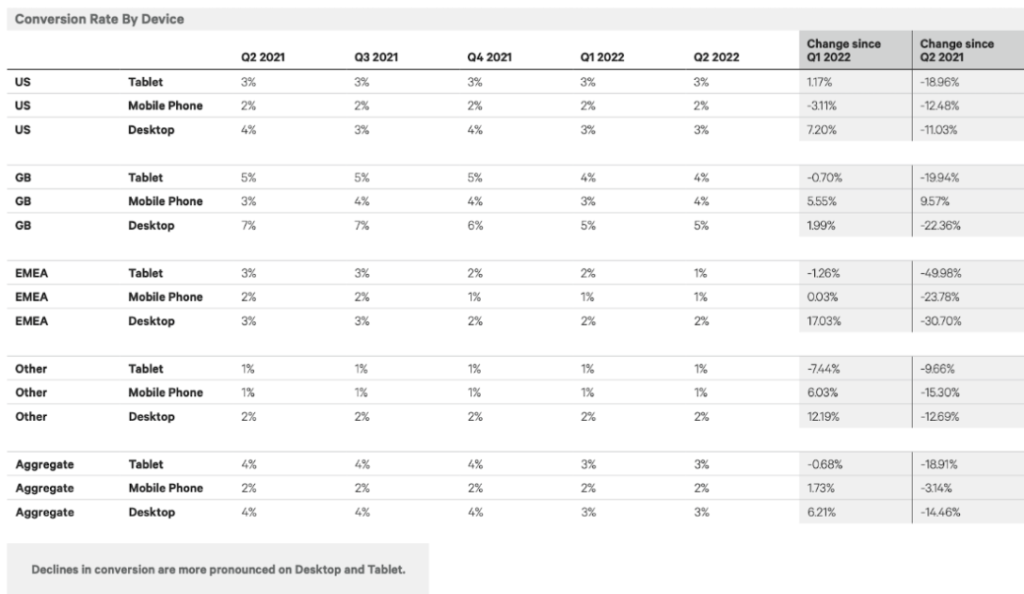
Conversion rates regarding various devices customers use (as of 2021 and 2022).
Source: https://www.smartinsights.com/ecommerce/ecommerce-analytics/ecommerce-conversion-rates/
Conversion Rate Optimization – Why is It Important?
Improving your conversion rate can have a significant impact on your bottom line, as even a small increase in conversion rate can result in a significant increase in revenue. Here are some benefits of conversion rate optimization:
- Increased revenue: a higher conversion rate means more sales, which means more revenue for your business.
- Improved ROI: conversion rate optimization gives you more value out of your marketing spend and improves your return on investment.
- Better user experience: conversion rate optimization often involves improving the user experience on your site, which can lead to happier customers and better reviews.
- Competitive advantage: if you can achieve a higher conversion rate than your competitors, you’ll have a distinct advantage in your industry.

An example funnel of an online store.
Source: https://www.smartinsights.com/ecommerce/ecommerce-analytics/ecommerce-conversion-rates/
How does the price affect conversion rates in e-commerce?
Price is one of the biggest factors that can affect your e-commerce conversion rate. This is because what is most important in online stores regarding conversion rate is the number of orders made by the customers visiting the store.
Prices are too high
High prices may mean your products are of higher quality, but if your prices are too high compared to your competitors, you may lose potential customers who are looking for a better deal.
Prices are too low
While low prices can be attractive, they can also make your brand appear cheap or low-quality, which can deter some customers.
It’s always good to get a healthy balance between higher- and lower-priced products so that your customers would not get any unnecessary suspicions.
Lack of transparency
If your pricing is unclear or difficult to understand, customers may become frustrated and leave your site without making a purchase. These guidelines may help you build your site’s transparency:
- clear pricing information – transparent and easy-to-understand pricing information, (including any additional costs or fees),
- consistency – avoid frequent price changes that may raise suspicions about your business practices,
- promotions and discounts – being transparent about promotional offers and discounts ensures your customers that they are genuine.
Left-digit effect
The left-digit effect is a psychological bias that makes you see $2.99 as “slightly” more than $2 rather than almost $3 (which is actually the right value here). Ending prices with 9s makes them more attractive to the customers because people usually read from left to right.
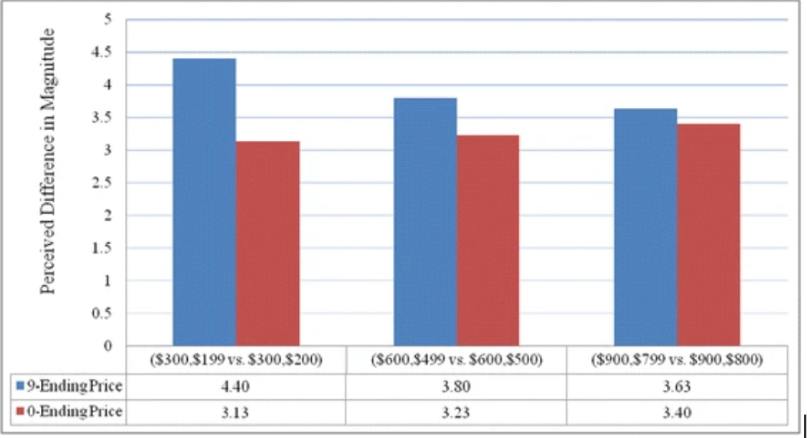
The left-digit effect works better with lower prices than with higher ones.
Source: https://link.springer.com/article/10.1007/s11002-015-9387-5
Trustworthiness
If your prices are constantly changing, or if you offer discounts that seem too good to be true, customers may become suspicious of your business. It’s important to maintain consistency and balance in your pricing and be transparent about any promotions or discounts you offer.
Price anchoring
Price anchoring is a strategy where you display a higher-priced item next to a lower-priced item to make the lower-priced item seem like a better deal. This can be effective in increasing sales, but it’s important to use it ethically and not mislead customers.
For more detail on the price-to-conversion rate relation, see the graph below. Although people tend to see more expensive products as objectively better, there’s a point above which a high price will make your conversion rate drop instead of increasing it. You can also try the Dealavo Price Monitoring tool to maximize your conversion rate with the right pricing strategies.
Looking for solutions to restore your conversion rate level?
5 Common Mistakes That Kill Conversion
Even if you’re doing everything right, there are a few common mistakes that can still kill your conversion rate. Here are five of them:
Slow page load times
People in general have short attention spans. If your website takes too long to load, your visitors will likely leave before even seeing your products. Make sure your website is optimized for fast loading times.
Poor website design
Your website should be easy to navigate and nice to read. If it’s difficult to use or looks outdated, customers may lose trust in your business and choose to purchase elsewhere. Try to check if:
- the buttons on your page are not misleading (for example, green buttons mean “yes” or “accept,” while the red ones mean “no” or “decline”, and not the other way round),
- your links are clearly visible,
- your block of texts is divided with spaces between paragraphs for easier reading,
- your images are of high quality (avoid pixelization of your pictures after uploading them),
- the colors you use on your page are not too “exotic,” but also not too dull (avoid mixing strongly contrasting hues or painting your website all gray).
See the picture at the end of this section for an example of an unclear website design.
Complicated checkout/sign-up process
The checkout process should be as simple and straightforward as possible. Complicated checkout forms or unexpected fees can cause customers to abandon their purchases.
Similarly, signing up should be as easy as ABC. Let there be spaces for the account name and an email address, and that’s it. They fill in their profiles once they’re in.
Customers are more likely to trust and purchase from a business that has positive reviews and ratings from other customers. Make sure to showcase your reviews and ratings prominently on your website.
By lack of trust signals, we mean that your website doesn’t seem to be safe to your visitors. These trust signals may be, for example:
- security badges,
- easy-to-access customer support information
- clear refund policy
All of this can help customers feel more confident in purchasing from your website, making them sure that they won’t get robbed or scammed.
Wrong pricing strategy
If you’re running an e-commerce business, you’ll know that pricing can be make or break. But it’s not just about finding the sweet spot between making a profit and being competitive. The wrong pricing strategy could actually kill your conversion rate altogether! Whether you’re setting prices too high, too low, or not being transparent with your customers, any misstep could be costing you valuable sales.
So, what should you do? The first step is to really understand your target audience and their purchasing behaviors. From there, you can create a pricing strategy that works for both you and your customers. It may take some trial and error, but the payoff will be worth it when you see those conversions start to pick up.
You can also use a price monitoring tool to make sure, your prices are always up-to-date and accurate to the current market situation.
5 Common Mistakes That Kill Conversion – Wrapping Up
For the best e-commerce conversion rate optimization, avoid these mistakes and focus on providing a smooth and enjoyable shopping experience for your customers.
In conclusion, understanding and optimizing your e-commerce conversion rate is essential for the success of your online business. By measuring your conversion rate and understanding the key factors that affect it, you will be able to identify areas for improvement and implement effective strategies. It will allow you to grow your business and increase your sales and revenue over time.
At Dealavo, we cannot help you to avoid all of the conversion rate mistakes. What we can do though is to take care of your prices. Contact us to try our 7-day demo, and make one (huge!) step to improve your conversion rates today!
